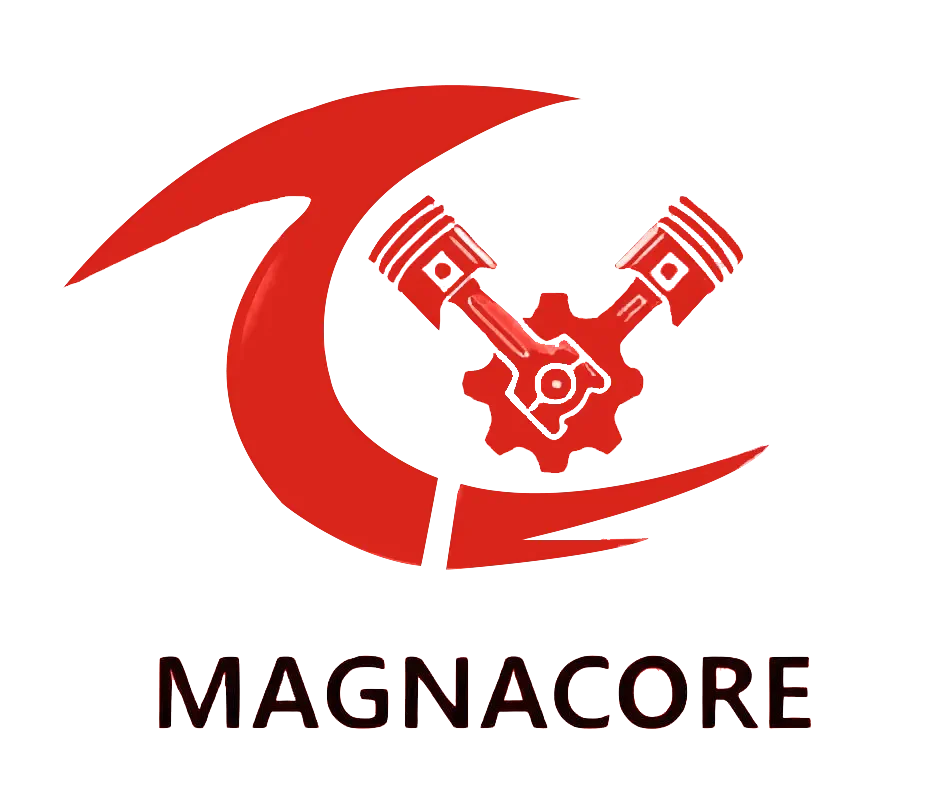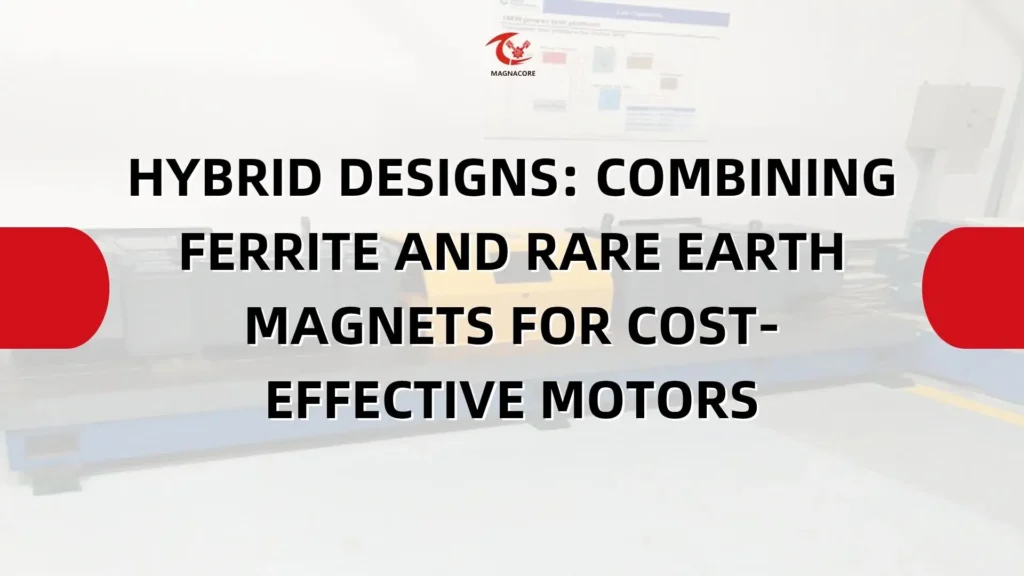As motor manufacturers seek the perfect balance between performance and affordability, hybrid magnet designs are emerging as a game-changing solution.
By strategically combining ferrite and rare earth magnets, these innovative motors deliver superior performance at a fraction of the cost of full rare earth designs.
This guide explores how hybrid technology works and when it makes the most financial sense for your applications.
What Exactly Are Hybrid Magnet Motors?
The Best of Both Worlds
By leveraging the strengths of both magnet types, hybrid designs achieve a balanced performance profile.
Ferrite magnets, being less expensive, offer a robust base for the motor’s operations. Meanwhile, the inclusion of rare earth magnets in critical regions enhances the overall magnetic efficiency.
This combination ensures that the motor can perform effectively across various applications, making it a versatile choice in the marketplace.
Typical Magnet Arrangements
Common configurations for hybrid motors include various arrangements of magnets to maximize efficiency.
For instance, parallel magnetic paths allow for efficient magnet use, while series magnetic circuits can improve torque output.
Additionally, segmented rotor designs with alternating types of magnets can help in managing magnetic fields more effectively.
These configurations are tailored to balance performance and cost, ensuring that the motors meet specific operational needs.
Performance Sweet Spot
Hybrid magnet motors typically deliver between 80% to 90% of the performance seen in full rare earth motors. However, they achieve this at only 50% to 60% of the material cost.
This performance sweet spot makes them an attractive option for manufacturers looking to balance efficiency and budget.
The ability to provide high performance without the high price tag is a significant advantage in competitive markets.
Also More:
- Benefits of Permanent Magnet Motors
- China-Made Permanent Magnet Motors for High-Torque Industrial Machinery
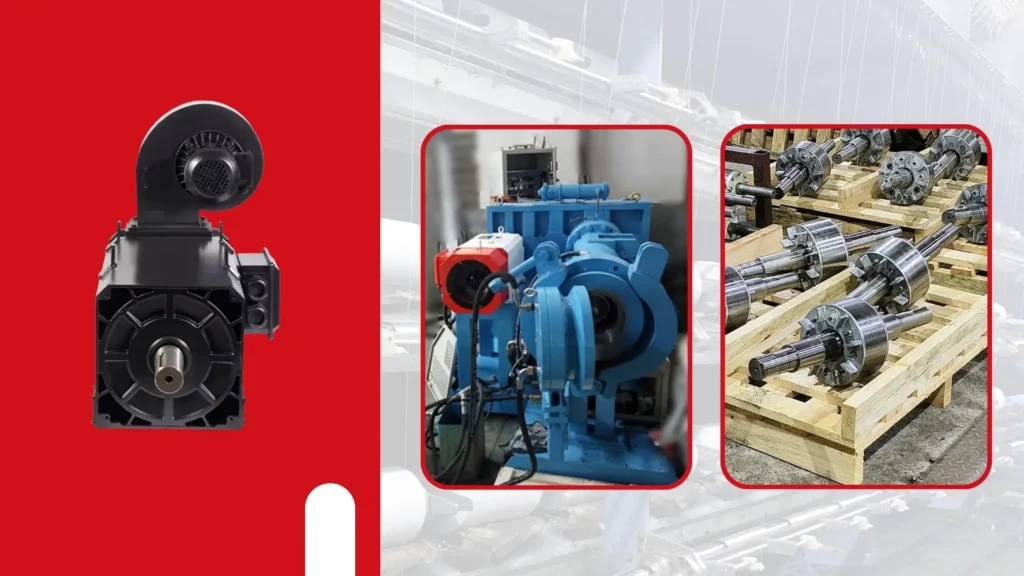
How Do Hybrid Motors Reduce Costs?
Material Cost Savings
One of the primary ways hybrid motors reduce costs is through the use of ferrite magnets, which are significantly cheaper than rare earth magnets.
Ferrite magnets can cost about one-tenth of what rare earth magnets do.
This substantial difference in material costs leads to a dramatically lower bill of materials, making hybrid motors more economically viable for a wide range of applications.
Supply Chain Advantages
In addition to material cost savings, hybrid motors benefit from reduced dependence on the volatile rare earth market.
The prices of rare earth materials can fluctuate due to geopolitical factors and supply chain disruptions.
By incorporating more ferrite magnets, manufacturers can achieve greater pricing stability, reducing the risk associated with sourcing rare earth materials.
Manufacturing Benefits
Hybrid motors also offer manufacturing advantages. The simpler shapes and sizes of ferrite magnets can lower production complexity in some designs.
This simplification can streamline the manufacturing process, potentially leading to faster production times and lower labor costs.
As a result, manufacturers can produce hybrid motors more efficiently while maintaining quality.
What Performance Tradeoffs Exist?
Efficiency Comparison
While hybrid designs provide a balanced performance, they do come with some tradeoffs.
In terms of efficiency, hybrid motors typically rank between pure ferrite and full rare earth motors, achieving International Efficiency (IE) ratings of IE3 to IE4.
Although they may not reach the highest efficiency levels of rare earth motors, they still offer a competitive performance suitable for many applications.
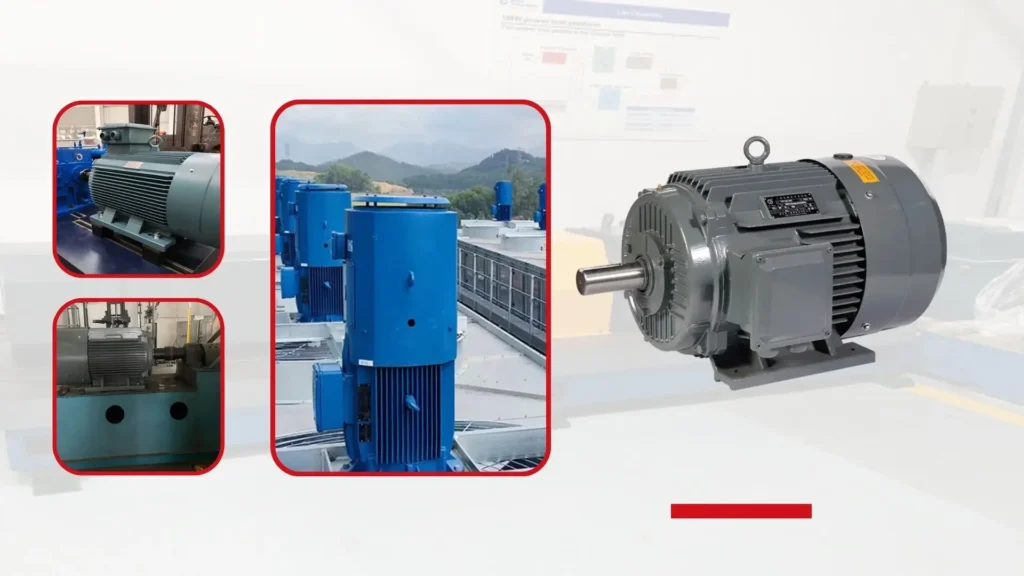
Power Density Considerations
In terms of power density, hybrid motors are about 15% to 25% lower than full rare earth designs.
This means that while they are not as powerful in a compact size, they outperform ferrite-only motors significantly.
This characteristic makes them a good choice for applications where space is limited but high performance is still required.
Temperature Performance
One of the notable advantages of hybrid motors is their thermal stability. Hybrid designs tend to perform better at higher temperatures compared to rare earth-only motors.
This is largely due to the thermal characteristics of ferrite magnets, which can withstand elevated temperatures without degrading in performance. This stability is crucial for applications in demanding environments.
Also Read:
A Comparison of Permanent Magnet AC and DC Motors
Which Applications Benefit Most?
Mid-Range Industrial Equipment
Hybrid magnet motors are particularly well-suited for mid-range industrial equipment, such as pumps, fans, and compressors.
These applications require performance that exceeds that of ferrite-only motors but do not warrant the high costs associated with full rare earth motors.
Hybrid designs provide the necessary efficiency and torque without the premium pricing, making them an ideal choice for industries looking to optimize operational costs while maintaining reliability.
Automotive Auxiliary Systems
In the automotive sector, auxiliary systems often benefit from hybrid magnet motors.
These systems, which may include components like electric power steering and HVAC systems, require lightweight and compact solutions.
Hybrid motors meet these needs effectively, offering significant weight and space savings.
Additionally, they provide a more economical alternative to full rare earth motors, allowing manufacturers to manage costs while still delivering quality performance in their vehicles.
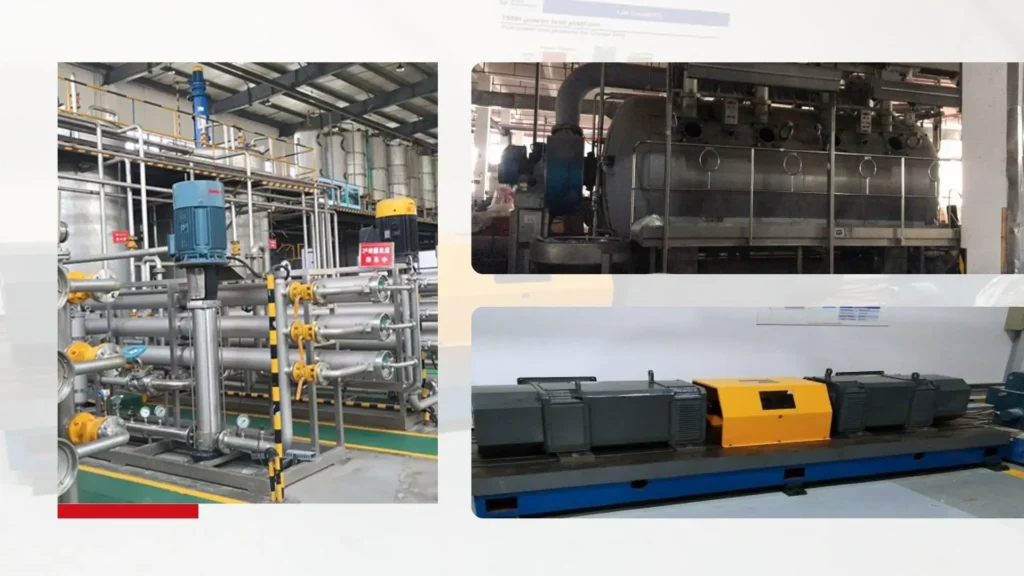
Renewable Energy Systems
Renewable energy systems, such as wind turbine pitch control systems and solar trackers, also see significant advantages from hybrid magnet motors. These systems need reliable mid-range performance to function effectively.
Hybrid motors offer the necessary efficiency and power while keeping costs manageable, which is critical in the renewable energy sector where budget constraints are often tight.
Their performance helps ensure that these systems operate efficiently, contributing to the overall effectiveness of renewable energy generation.
How Does Magnet Placement Affect Performance?
Flux Concentration Techniques
The placement of rare earth magnets in hybrid motors is crucial for optimizing performance.
This flux concentration technique enhances the overall efficiency and torque output of the motor, allowing it to operate effectively in various applications.
Such strategic placements ensure that the motor can leverage the strengths of rare earth magnets where they are most needed.
Magnetic Circuit Optimization
To maximize performance, careful design is essential to avoid areas where ferrite magnets might become flux bottlenecks.
This optimization not only enhances efficiency but also helps in balancing the power distribution.
Proper magnetic circuit design is key to unlocking the full potential of hybrid motors, making them more effective than their simpler counterparts.
Demagnetization Protection
Another important aspect of magnet placement is protecting ferrite magnets from demagnetization.
By strategically placing rare earth magnets, designers can shield ferrite components from reverse magnetic fields that could lead to performance degradation.
This protective measure enhances the longevity and reliability of the motor, ensuring that it maintains its performance over time. Such considerations are vital in applications where consistent operation is crucial.
And More:
- How Rare Earth Magnets Boost Efficiency in Permanent Magnet Synchronous Motors
- Color Custom PMSM Motors in China
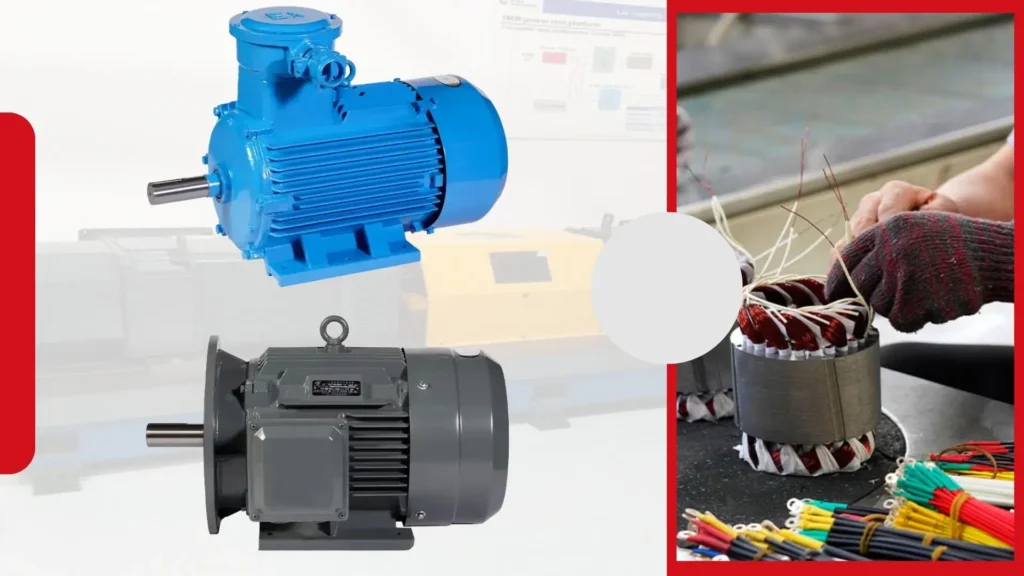
What Are the Maintenance Implications?
Corrosion Resistance
One of the maintenance benefits of hybrid magnet motors is improved corrosion resistance.
The inclusion of ferrite components often results in better overall durability compared to designs that use only rare earth magnets.
Ferrite magnets are less susceptible to corrosion, which can be particularly advantageous in harsh environments where moisture and other corrosive elements are present.
This characteristic helps extend the lifespan of the motor, reducing maintenance needs.
Demagnetization Risks
Hybrid designs also offer an advantage when it comes to demagnetization risks.
These motors tend to be more forgiving of overheating incidents, which can lead to demagnetization in full rare earth motors.
The thermal stability provided by ferrite magnets contributes to this resilience, allowing hybrid motors to withstand challenging conditions without suffering significant performance loss.
This robustness is a key factor for applications that operate in variable temperatures.
Repair Considerations
When it comes to repairs, hybrid magnet motors are often simpler and less costly to fix than full rare earth motors.
The combination of different magnet types can make component replacement more straightforward, as ferrite magnets are generally easier to work with.
This simplicity in repair can lead to reduced downtime and lower maintenance costs, making hybrid motors a practical choice for many industries that require reliable and cost-effective solutions.
How Do You Right-Size a Hybrid Solution?
Performance Requirements Analysis
The first step in right-sizing a hybrid magnet motor solution is to conduct a thorough performance requirements analysis.
This involves determining the specific torque and speed characteristics that are necessary for the intended application.
This analysis helps to align the motor’s capabilities with the operational demands, leading to better overall performance and energy efficiency.
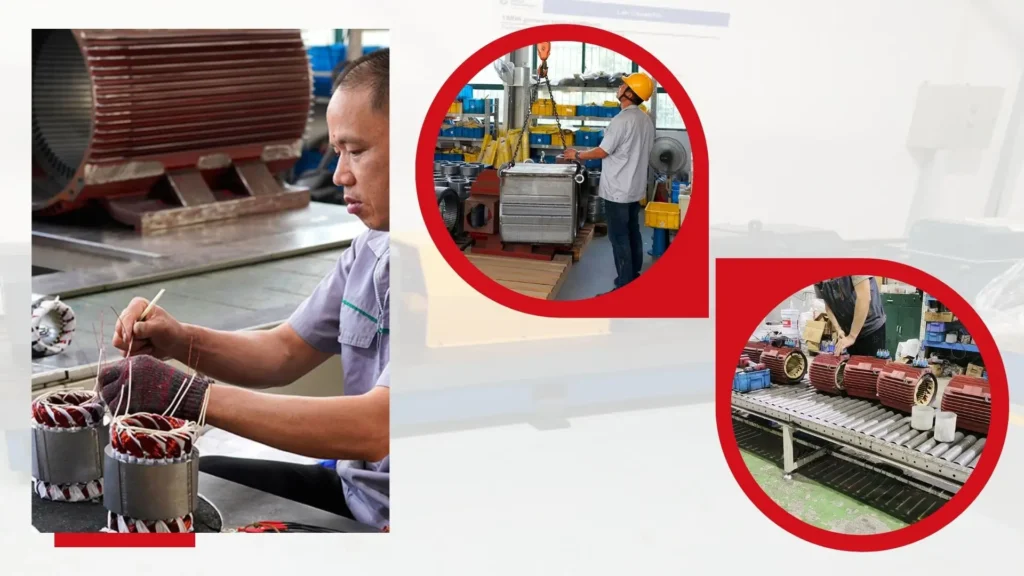
Cost-Performance Optimization
Once the performance requirements are established, the next step is to optimize the cost-performance ratio.
This involves balancing the amount of rare earth material used in the motor against the actual demands of the application.
This optimization is crucial in ensuring that the final product delivers excellent performance while remaining economically viable for production and use.
Customization Options
Many manufacturers recognize that one size does not fit all, which is why they offer customization options for hybrid magnet motors.
Tailoring the hybrid ratios—how much ferrite versus rare earth material is used—can significantly enhance the motor’s suitability for specific applications.
This flexibility allows industries to take full advantage of hybrid technology while meeting unique performance criteria.
What Does the Future Hold for Hybrid Designs?
Material Science Advances
The future of hybrid magnet motors is likely to be shaped by advances in material science.
Ongoing research is focused on developing new magnet coatings and composites that can enhance the performance of hybrid designs.
These innovations could lead to improved magnetic properties, greater thermal stability, and enhanced resistance to demagnetization.
As material science evolves, hybrid motors could become even more efficient and versatile, opening up new possibilities for their application across various industries.
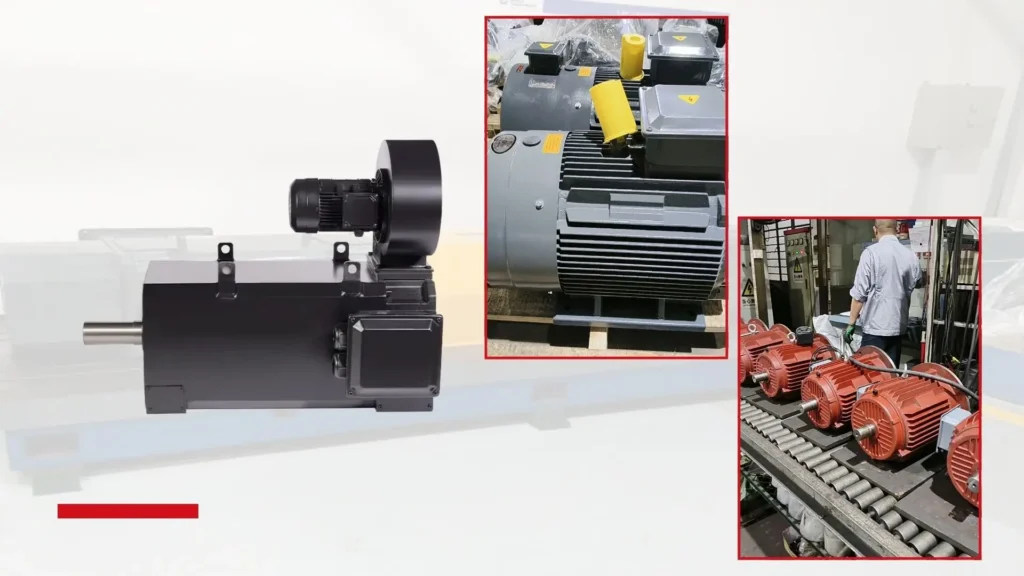
Design Software Improvements
Improvements in design software are also expected to play a significant role in the future of hybrid magnet motors.
Enhanced simulation tools will allow engineers to create more optimized hybrid configurations, enabling them to predict performance outcomes more accurately.
With better design capabilities, manufacturers can experiment with different magnet placements and ratios, further refining their products.
This technological advancement will lead to more innovative and efficient motor designs, pushing the boundaries of what hybrid motors can achieve.
Market Adoption Trends
As awareness of the benefits of hybrid magnet motors grows, market adoption trends indicate a rising acceptance in both industrial and automotive sectors.
More businesses are recognizing the value of hybrid designs, particularly in applications where cost and performance must be carefully balanced.
This trend suggests that hybrid motors will increasingly become a preferred choice for manufacturers looking to enhance efficiency while managing expenses.
The combination of performance and cost-effectiveness positions hybrid motors as a compelling option for a wide range of applications.
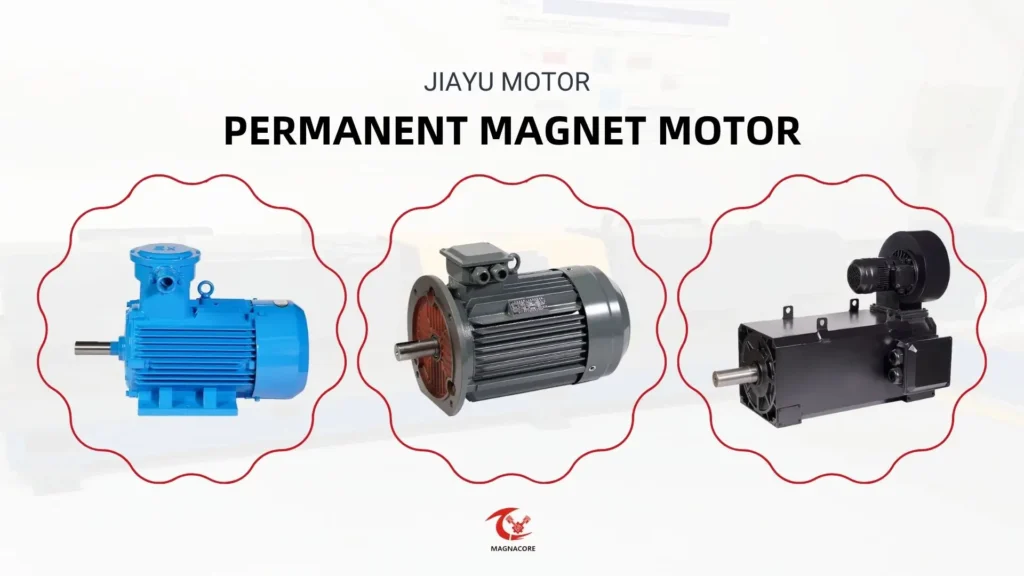
Conclusion
In conclusion, hybrid magnet motors represent a smart compromise for cost-conscious buyers who still require superior performance.
This value proposition is hard to ignore, making hybrid magnet motors an attractive choice for numerous applications, from industrial machinery to automotive systems.
As technology continues to advance, the appeal and capabilities of hybrid designs are likely to expand even further.
